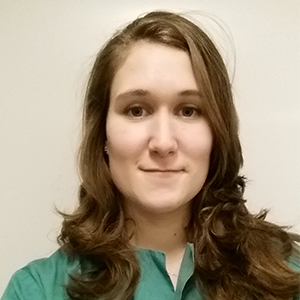
- Project belongs to the Topic:
- C1-inhibitor and Bradykinin
Description
Hereditary angioedema with C1 inhibitor deficiency (C1-INH-HAE) is characterized by relapsing, non-pruritic swelling in skin and submucosal tissue. Symptoms can appear in early infancy when diagnosis is more difficult. In the absence of a correct diagnosis, treatment of abdominal attacks often leads to unnecessary surgery, and laryngeal edema can cause asphyxiation. A cohort study of 52 patients from 25 unrelated families in Norway was studied and we discovered a deep intronic mutation: c.1029 + 384A > G, in intron 6 which is responsible for HAE type I in a large Norwegian family in 2017, but have not yet published it.
The same mutation was published in 2020 by a group from the Czech Republic
It has been recognised that the activation of protein C by thrombin, when thrombin is bound to endothelial cells, is a powerful anticoagulant event, leading to cleavage of FV and FVIII. Protein S is cofactor for protein C, but can probably also inactivate FXa directly. Protein S is bound to C4BP, which also binds the split product C4b of the complement system, but only on distinct chains. It is believed that these bindings are independent of each other. HAE patients have a continuous breakdown of C4 and, theoretically, would be expected to load the C4BP with increased amounts of C4b correspondingly. Interestingly, case reports of functional protein S deficiency in HAE have been published, although the mechanism is unexplained.
We investigate the breakdown of C4 in C1-INH deficient patients further.


